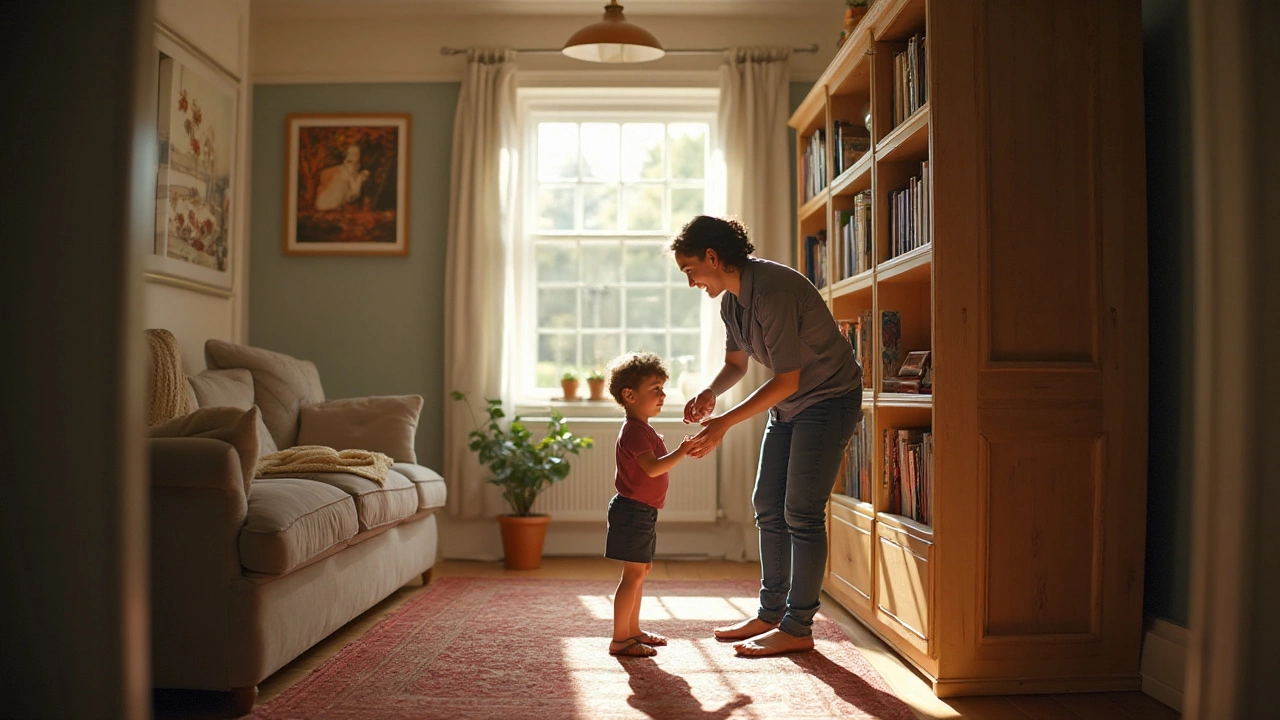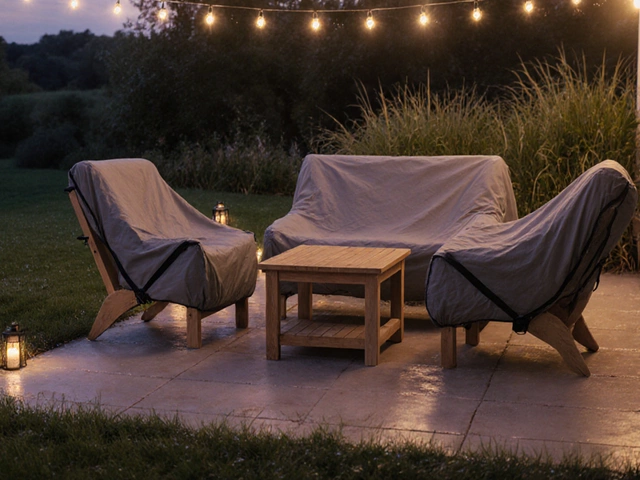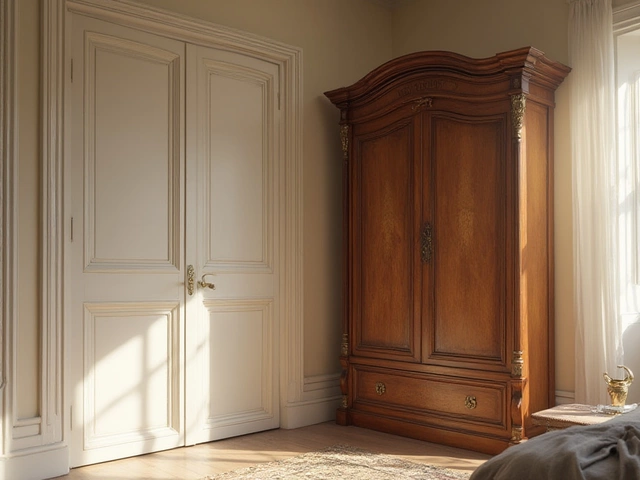Bookcase Anchors – Keep Your Shelves Safe and Stable
If you’ve ever worried about a tall bookshelf tipping over, you’re not alone. One misplaced anchor can turn a sturdy piece of furniture into a hazard. In this guide we’ll break down why anchors are a must, which ones work best, and how to fit them in plain English.
Why You Need Bookcase Anchors
Kids love to climb, pets love to jump, and earthquakes love to shake. All three can make a free‑standing bookcase wobble. An un‑anchored shelf can tip in seconds, damaging walls, books, and even hurting people. Small anchors add a strong connection between the back of the bookcase and the wall studs, stopping the tilt before it starts.
How to Choose the Right Anchor
First, locate the studs behind your wall. A stud finder or a simple knock‑test will do. Once you know where the studs are, pick an anchor that fits both the stud size and the weight of your bookshelf. Common choices include:
- Lag screws – heavy‑duty, perfect for solid wood frames.
- Heavy‑duty toggle bolts – great for plaster or drywall when studs aren’t directly behind.
- Snap‑in brackets – quick to install, good for medium‑weight units.
Match the anchor’s load rating to the combined weight of the bookcase plus its contents. When in doubt, choose the higher rating.
Step‑by‑Step Installation
1. Measure and mark. Measure the height of the back panel where you’ll attach the anchor. Mark the stud locations with a pencil.
2. Drill pilot holes. Use a drill bit a little smaller than your screw or bolt. Drill through the back panel and into the stud.
3. Attach the anchor. Insert the lag screw or toggle bolt and tighten until snug. Don’t over‑tighten; you risk cracking the wood.
4. Secure the bookcase. Once the anchors are in place, lift the bookshelf and line the back panel with the installed holes. Screw the bracket or strap into the anchor, then double‑check that it’s level.
5. Test the stability. Gently push the top of the bookcase. It should feel firm with no wobble. If it moves, tighten the screws a bit more or add a second anchor.
Extra Tips for a Safer Setup
Keep heavy books on lower shelves and lighter items up top. This lowers the center of gravity and reduces stress on the anchors. If you move the bookcase later, repeat the anchoring process – don’t rely on old holes.
For renters, use removable straps that hook onto the studs without drilling. They hold strong enough for most shelves and come off without damage.
Finally, check the anchors every six months. Screws can loosen over time, especially in homes with temperature changes.
With the right anchor and a few minutes of work, your bookcase will stay put, your books stay safe, and you’ll avoid a costly mishap. Ready to get started? Grab a stud finder and a pack of lag screws – your shelves will thank you.



